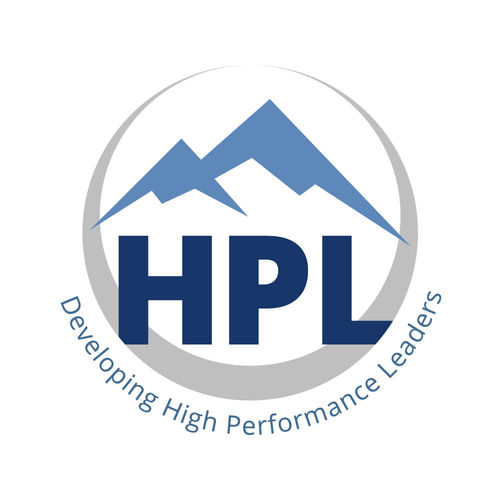
|
|
||
|
Here are a few simple steps to start to build a strong management system.
First, it is important to understand the purpose of a management system. In simple terms, your management system is in place to make sure you are dong the right things for your customers (or clients or patients). It does this by connecting everyone in your organization to your vision, strategy and big outcome measures to allow everyone to understand how they can impact the vision and connect to the big outcomes. The management system engages our humans through solving their own problems. The most effective way to do this is through 'low tech, high touch' planning and measurement white boards.
Here are the steps to start building or improving your management system:
1. Identify your customer and understand what value they need from you.
I find in a lot of cases, there is not a strong understanding of who the customer is. Your customer is who gets direct benefit or value from what you do. For example, in health care, the patient receives the direct value from the care they are given. If my role is a support operation in manufacturing, such as engineering that develops product drawings, it is the people who build the product from the drawings. If my role is production, I deliver value directly to the end customer for the product.
2. Understand how you can easily measure the value you provide to the customer.
Our customers are easy. They want simple things. They want their stuff NOW. They want it PERFECT. They want it WASTE FREE. They may also want a good experience during the process.
I recommend you start with NOW as it is the easiest. We should all have a plan to deliver what our customer's need when they need it. My customer needs their drawings today to build their product. My patient wants to continue to get better. All you need to do is measure how well you delivered on your plan. I would also recommend using a planning white board to show your commitment to your plan.
3. Graph your results to understand how you are doing.
What does a good day look like? Did we have a good day? Typically it is getting done what we need to accomplish for our customer. If you started with NOW, on your next white board - performance board - graph how well you are doing. Measure for a few weeks so you can start understanding a longer term trend in performance.
4. Start understanding why.
Why did we not have a good day? If you did not have a good day and did not accomplish what you needed to do for your customer, start understanding the reasons that are blocking your performance. You should start seeing some recurring reasons. For each reason, understand how bad it is by adding a bar or Pareto graph under your performance graph to track the number of occurrences.
5. Run some experiments to make it better.
Once you have a good understanding of the reasons why you are not having a good day, start running some simple experiments to fix the problem. Below your bar graph, document the experiment and indicate when you started the experiment on your performance graph. This will allow you to see if the experiment had the results you hoped for. If it did, adopt this as a new why to do your work. If it did not 't, try new experiments until you learn what does work.
6. When you are ready, add your other measures.
NOW, PERFECT, WASTE FREE. Keep it simple and do not add too many additional measures. Fewer measures are better, but it is important not to have a lonely number so you need to provide some balance. For example, if you measure NOW, balance it by making sure you are also delivering what you customer needs PERFECT.
Remember - a strong management system is elegantly simple and is driven by the daily connections we make with our people.
|
||
|
||
|
||
|
||
|

|
|
HPL Administrator 7 November 29, 2024 |

|
|
Sabrina Sommerville 1 August 15, 2024 |

|
|
Glenn Sommerville 45 June 6, 2024 |